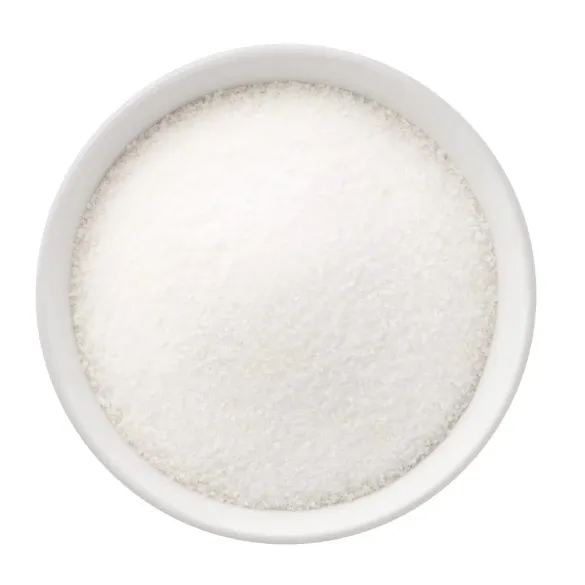Warning: Undefined array key "file" in /home/www/wwwroot/HTML/www.exportstart.com/wp-content/themes/1198/header.php on line 7
Warning: Undefined array key "title" in /home/www/wwwroot/HTML/www.exportstart.com/wp-content/themes/1198/header.php on line 7
Warning: Undefined array key "title" in /home/www/wwwroot/HTML/www.exportstart.com/wp-content/themes/1198/header.php on line 7
- Afrikaans
- Albanian
- Amharic
- Arabic
- Armenian
- Azerbaijani
- Basque
- Belarusian
- Bengali
- Bosnian
- Bulgarian
- Catalan
- Cebuano
- China
- China (Taiwan)
- Corsican
- Croatian
- Czech
- Danish
- Dutch
- English
- Esperanto
- Estonian
- Finnish
- French
- Frisian
- Galician
- Georgian
- German
- Greek
- Gujarati
- Haitian Creole
- hausa
- hawaiian
- Hebrew
- Hindi
- Miao
- Hungarian
- Icelandic
- igbo
- Indonesian
- irish
- Italian
- Japanese
- Javanese
- Kannada
- kazakh
- Khmer
- Rwandese
- Korean
- Kurdish
- Kyrgyz
- Lao
- Latin
- Latvian
- Lithuanian
- Luxembourgish
- Macedonian
- Malgashi
- Malay
- Malayalam
- Maltese
- Maori
- Marathi
- Mongolian
- Myanmar
- Nepali
- Norwegian
- Norwegian
- Occitan
- Pashto
- Persian
- Polish
- Portuguese
- Punjabi
- Romanian
- Russian
- Samoan
- Scottish Gaelic
- Serbian
- Sesotho
- Shona
- Sindhi
- Sinhala
- Slovak
- Slovenian
- Somali
- Spanish
- Sundanese
- Swahili
- Swedish
- Tagalog
- Tajik
- Tamil
- Tatar
- Telugu
- Thai
- Turkish
- Turkmen
- Ukrainian
- Urdu
- Uighur
- Uzbek
- Vietnamese
- Welsh
- Bantu
- Yiddish
- Yoruba
- Zulu
ກ.ກ. . 26, 2024 13:51 Back to list
Development of Polymer-Supported Chromic Acid for Enhanced Catalytic Applications in Organic Synthesis
Polymer-Supported Chromic Acid Synthesis, Applications, and Environmental Implications
The exploration of polymer-supported catalysts has gained significant traction in the field of chemistry, particularly due to their advantages over traditional homogeneous catalysts. One such catalyst, polymer-supported chromic acid, combines the robust catalytic properties of chromic acid with the enhanced handling, recovery, and reusability characteristics provided by polymer support. This innovative approach not only increases the efficiency of chemical reactions but also addresses environmental concerns associated with traditional chromium compounds.
Synthesis of Polymer-Supported Chromic Acid
Polymer-supported chromic acid can be synthesized through a process that involves the immobilization of chromic acid on a polymer matrix. Commonly used polymers include polystyrene, polyethylene glycol, or other functionalized polymers that can interact with chromic acid. The synthesis process often begins with the functionalization of the chosen polymer to introduce reactive groups that can form stable bonds with chromic acid. This could involve using methods such as radical polymerization or other synthetic techniques to enhance the polymer's reactivity.
Once the polymer is functionalized, chromic acid can be introduced to the system, resulting in the formation of a polymer-supported catalyst. The properties of the resulting composite material can be tuned by varying the type of polymer used, the degree of functionalization, and the loading of chromic acid. This flexibility allows chemists to optimize the catalyst for specific reactions, ensuring maximum efficiency and selectivity.
Applications in Organic Synthesis
The applications of polymer-supported chromic acid are vast, particularly in the field of organic synthesis. Chromic acid is widely recognized for its role as an oxidizing agent, capable of oxidizing alcohols to carbonyl compounds and diketones. By utilizing the polymer-supported version, chemists can conduct these reactions under milder conditions, improving yield and selectivity while minimizing by-products.
polymer supported chromic acid

Moreover, the use of polymer support facilitates the easy separation of the catalyst from the reaction mixture. This feature is particularly beneficial in industrial settings where catalyst recovery and reuse can significantly reduce operational costs and waste. The ability to repeatedly use the catalyst without significant loss of activity also aligns with the principles of green chemistry, as it decreases the amount of hazardous waste generated.
Environmental Implications
Despite the utility of chromic acid in various applications, traditional chromic acid poses significant environmental and health risks due to its toxicity and carcinogenic nature. However, the development of polymer-supported chromic acid addresses some of these concerns. By immobilizing chromic acid onto a polymer matrix, the risks associated with its handling and disposal can be mitigated. The polymer often encapsulates the chromium species, reducing leaching and making it easier to contain during reactions.
Additionally, extensive research continues to focus on the potential for reducing chromium compounds' environmental impact through the use of alternative catalysts or greener oxidizing agents. While polymer-supported chromic acid serves as a bridge in this transition, the long-term goal remains to minimize hazardous heavy metals' reliance in synthetic processes.
Conclusion
In conclusion, polymer-supported chromic acid exemplifies the advancements in catalyst design that enhance synthetic efficiency while addressing environmental and safety concerns. Its synthesis, diverse applications, and reduced ecological footprint highlight the potential of polymer-supported systems in contemporary chemistry. As research continues to evolve, the integration of such catalysts may play an essential role in developing sustainable and efficient chemical processes, paving the way for a greener future in organic synthesis.
Latest news
-
2025 Brazil Sao Paulo Cosmetics Exhibition
NewsMay.20,2025
-
2025 European Fine Chemicals Exhibition in Germany
NewsMay.13,2025
-
2025 New York Cosmetics Ingredients Exhibition
NewsMay.07,2025
-
Zibo will host the 2025 International Chemical Expo
NewsApr.27,2025
-
2025 Yokohama Cosmetics Raw Materials and Technology Exhibition
NewsApr.22,2025
-
2025 India Mumbai Fine Chemicals Exhibition
NewsApr.18,2025

